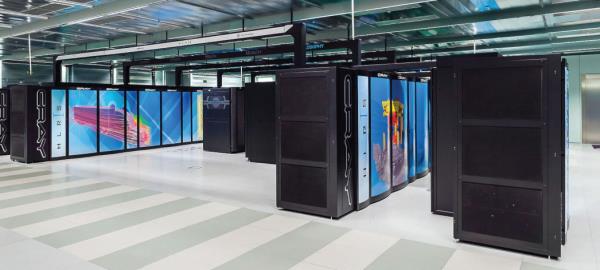24 January 2019

HLRS’ current supercomputer “Hazel Hen” is based on a Cray XC40 system and offers peak performance of 7.42 petaflops.
The High-Performance Computing Centre of the University of Stuttgart (HLRS) is working with Hewlett Packard Enterprise (HPE) on building and delivering a next generation supercomputer that will be 3.5 times faster than the centre’s current system.
HLRS has named the forthcoming system Hawk. Based on the November 2018 list at www.top500.org, it’s claimed this will be the world’s fastest supercomputer for industrial production, powering computational engineering and research across science and industrial fields to advance applications in energy, climate, mobility and health.
HLRS was established in 1996 as the first German national high-performance computing (HPC) centre. As a research institution affiliated with the University of Stuttgart, it provides HPC services to academic users and industry.
The centre’s current supercomputer Hazel Hen entered operation in October 2015. The Cray XC40 system is based on an Intel Haswell processor and Cray’s Aries network to offer a peak performance of 7.42 petaflops (quadrillion floating point operations per second).
Hawk will use HPE’s next-generation HPC platform running a next-generation AMD processor codenamed Rome. It will have a theoretical peak performance of 24 petaflops and consist of a 5,000-node cluster.
The new supercomputer is projected to cost €38m to build. Funding will be provided under the auspices of the Gauss Centre for Supercomputing (GCS), the alliance of Germany’s three national supercomputing centres.
The use of AMD’s next-generation EPYC processors will complement the use of competing processors at the other two GCS facilities and support their goal of offering users a diverse set of computing architectures.
HPE adds that AMD’s processors utilise a memory subsystem that makes them particularly well-suited for efficiently running applications used for simulation in fields such as computational fluid dynamics, molecular dynamics and other research areas in which HLRS’s users are engaged. It believes providing such a powerful tool will open new opportunities for innovation in these and other fields.










